#history museums
Explore tagged Tumblr posts
Photo
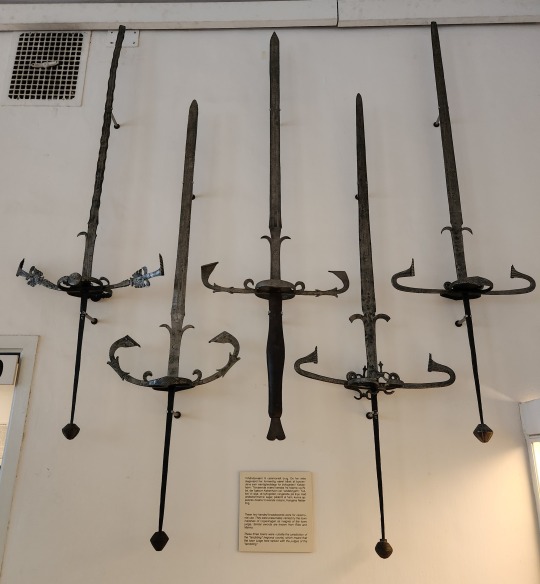
Wall exhibit of various two-handed broadswords
Danish Middle Ages and Renaissance Exhibit
Danish History Museum
Copenhagen, Denmark
#history#historyblr#history museum#history museums#museum#museums#broadswords#history of weapons#weapons history#two-handed broadswords#historical swords#historical broadswords#swords#copenhagen#denmark#danish history museum#danish middle ages#middle ages
5K notes
·
View notes
Text
Have some Fun Pics from today's museum visits:
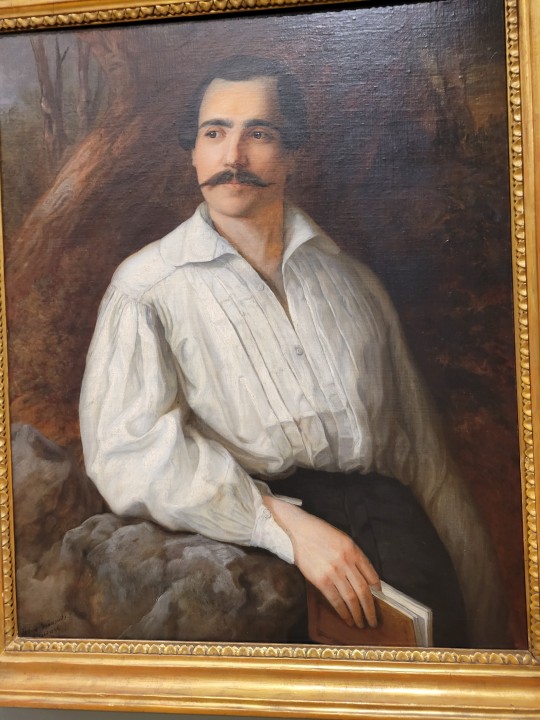
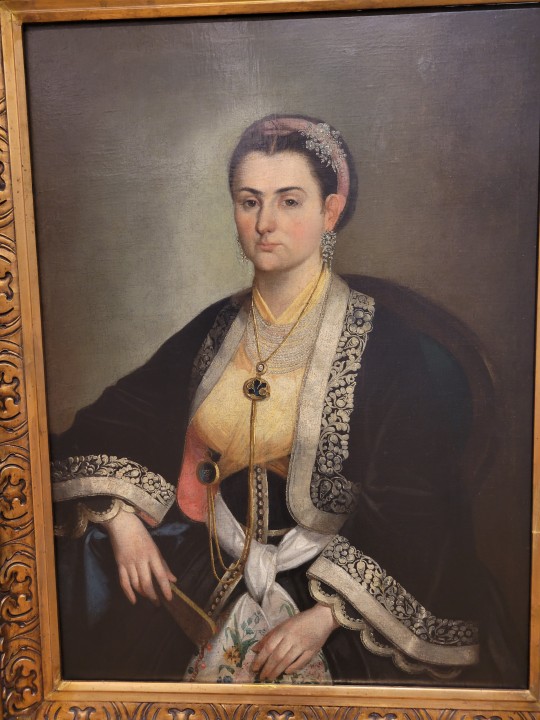
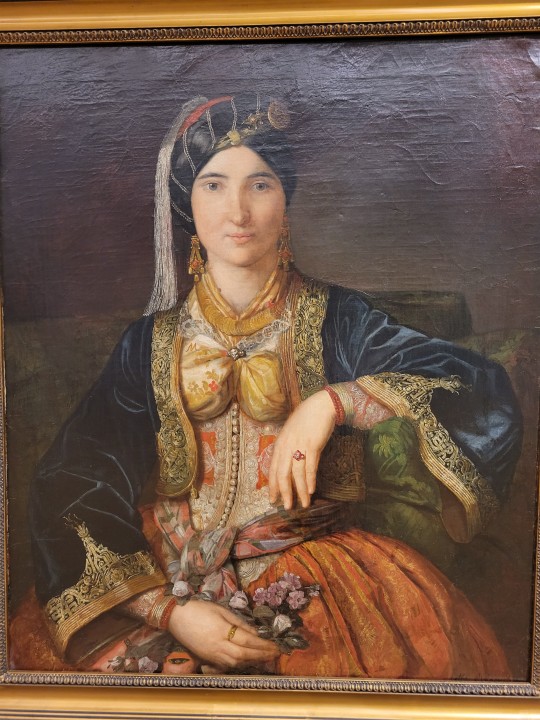



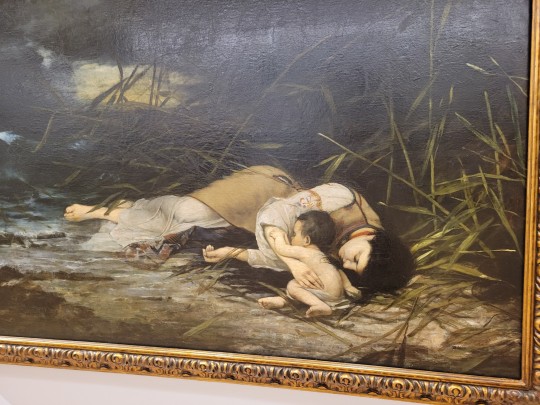


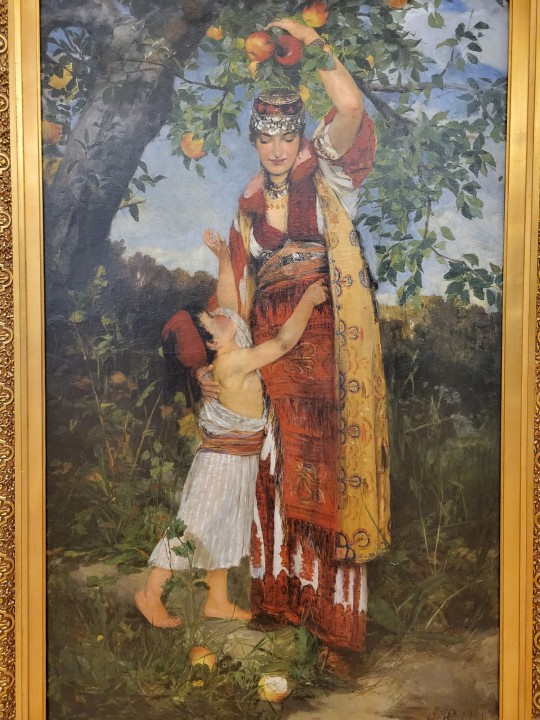
50 notes
·
View notes
Photo

April 05, 1933-- FDR creates Civilian Conservation Corps
"On April 5, 1933, President Franklin D. Roosevelt establishes the Civilian Conservation Corps (CCC), an innovative federally funded organization that put tens of thousands of Americans to work during the Great Depression on projects with environmental benefits.
In 1932, FDR took America’s political helm during the country’s worst economic crisis, declaring a “government worthy of its name must make a fitting response” to the suffering of the unemployed. He implemented the CCC a little over one month into his presidency as part of his administration’s “New Deal” plan for social and economic progress. The CCC reflected FDR’s deep commitment to environmental conservation. He waxed poetic when lobbying for the its passage, declaring “the forests are the lungs of our land [which] purify our air and give fresh strength to our people.”
The CCC, also known as “Roosevelt’s Tree Army,” was open to unemployed, unmarried U.S. male citizens between the ages of 18 and 26. All recruits had to be healthy and were expected to perform hard physical labor. Blacks were placed in de-facto segregated camps, although administrators denied the practice of discrimination. Enlistment in the program was for a minimum of 6 months; many re-enlisted after their first term. Participants were paid $30 a month and often given supplemental basic and vocational education while they served. Under the guidance of the Departments of the Interior and Agriculture, CCC employees fought forest fires, planted trees, cleared and maintained access roads, re-seeded grazing lands and implemented soil-erosion controls. They built wildlife refuges, fish-rearing facilities, water storage basins and animal shelters. To encourage citizens to get out and enjoy America’s natural resources, FDR authorized the CCC to build bridges and campground facilities. From 1933 to 1942, the CCC employed over 3 million men.
Of Roosevelt’s many New Deal policies, the CCC is considered by many to be one of the most enduring and successful. It provided the model for future state and federal conservation programs. In 1942, Congress discontinued appropriations for the CCC, diverting the desperately needed funds to the effort to win World War II."
- History.com
This Civilian Conservation Corps Ring from 1940 can be found in the online collection of the National Museum of Forest Service History.
#this day in history#ccc#Civilian Conservation Corps#US Forest Service#Forest Service#Museums#history museums#PastPerfect#PastPerfect Online#Online Museum Collections#Montana Museums#US Museums#history#US History
7 notes
·
View notes
Text

Statue of Joan of Arc (Jeanne d'Arc) Museum Rouen, 📍Paris
14K notes
·
View notes
Text

Lamia and the Soldier (1905) by John William Waterhouse
#art#art history#artwork#painting#history#museums#culture#vintage#curators#museum#john william waterhouse#romanticism
10K notes
·
View notes
Text
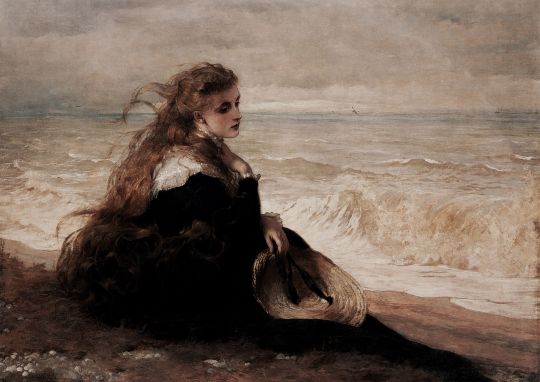
On the Seashore, George Elgar Hicks (1879)
#vintage#art#painting#old paintings#fine art#art history#history#vintage art#artist#artwork#1800s art#1800s#canvas#culture#old art#classical art#vintage aesthetic#artblr#naturecore#landscape#nature aesthetic#victorian#british art#oil painting#museum#history aesthetic#oil on canvas
17K notes
·
View notes
Text
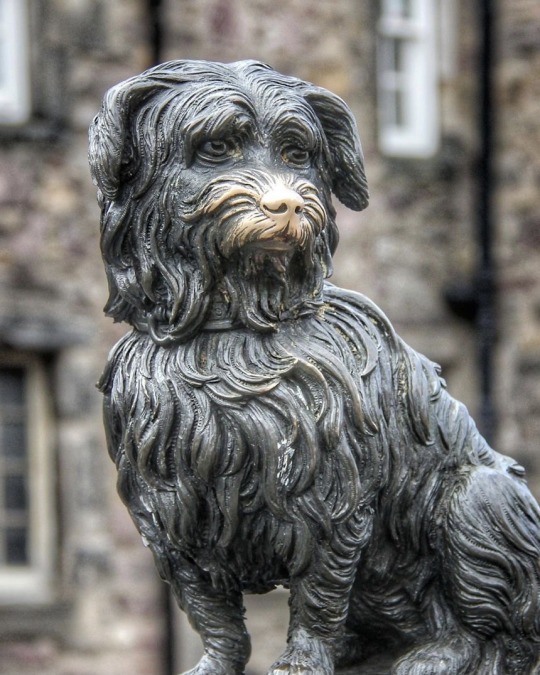
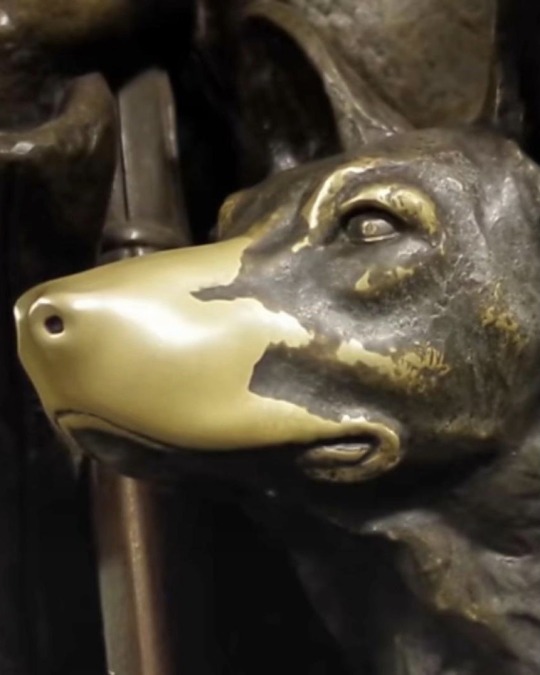
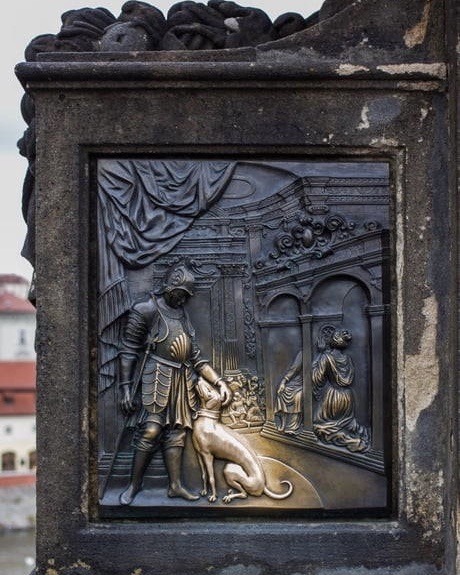

Dog sculptures turned golden from tourists petting them throughout the years
#sculpture#sculptures#art#architecture#classic academia#dark academia#art blog#dogs#traveling#travelcore#travel aesthetic#animals#art history#museumcore#wholesome#dog#museum aesthetic#artist#artblr#art community#classical art#artists#academia aesthetic#aesthetic#pets#pet
44K notes
·
View notes
Text
We are often asked if multiple ink colors can be used on a single impression. In this video, Jared letterpress prints a phrase about museums showing that 6 ink colors is possible. The phrase “Museums are not neutral” was printed with red, orange, yellow, green, blue, and purple ink using our Washington hand press. The wood type used is 15 line pica in size and the typeface is French Clarendon.
Our museum, like all museums, is not neutral. People often argue that museums should be neutral or that museums can’t be “political.” However, museums actually are cultural institutions that originate from colonial acquisition and they are about power. History is often written by the victors. It is important for museums to focus on multiple sources and perspectives, especially historically underrepresented groups. Promoting diversity is important to understanding a more holistic history of events.
#museums are not neutral#museum#sacramento#history#letterpress#printing#art#asmr#printmaking#old sacramento#oddly satisfying#rainbow#public history#museum studies
16K notes
·
View notes
Text
Just in time for the Year of the Snake, Museum herpetologists share some of their favorite serpent facts! Learn about back-up fangs, special scales, snake eyesight, and more, and get a behind-the-scenes peek at specimens from the Museum's research collection.
#science#amnh#museum#nature#natural history#animals#fact of the day#did you know#year of the snake#snakes#herpetology#lunar new year#lny#animal facts
6K notes
·
View notes
Text
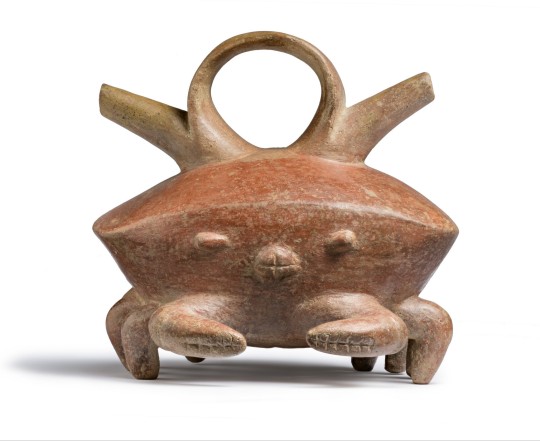
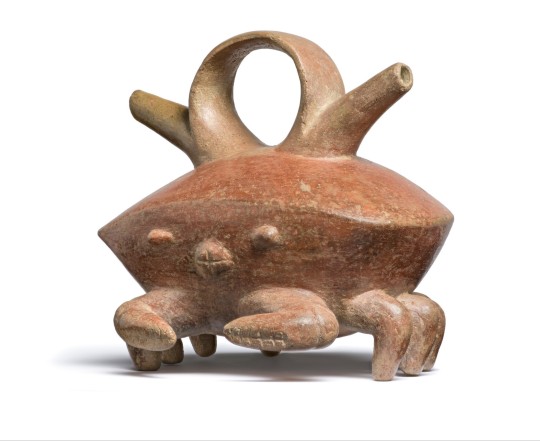
~ Crab Vessel with Double Spout.
Place of origin: Colombia, Calima Region
Period: Ilama Period
Date: 1500 B.C.-A.D. 100
Medium: Ceramics
#ancient#ancient art#history#museum#archeology#ancient history#archaeology#ancient pottery#pottery#south america#crab#crab vessel#calima#Colombia#pre columbian#Ilama Period#1500 b.c.#a.d. 100
23K notes
·
View notes
Photo

The Hercules exhibit in the Classical Antiquities section of the National Museum of Denmark includes figures from the Disney movie
136 notes
·
View notes
Text
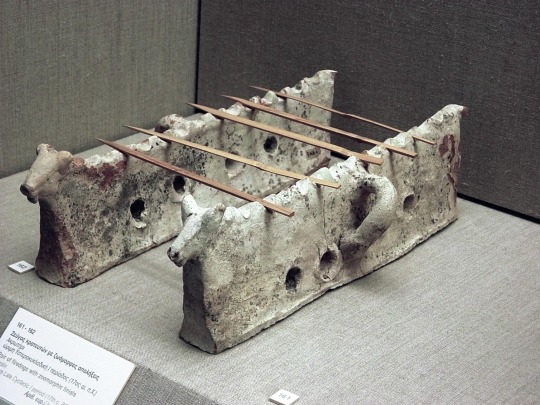
Stone cooking supports used to grill skewers of meat by Minoans on Santorini, circa 3600 years old. The line of holes in the base supplied coals with oxygen. Many consider modern "souvlaki" street kebabs a direct descendant of this portable food system. Museum of Prehistoric Thera, Greece. More: https://thetravelbible.com/museum-of-artifacts/
18K notes
·
View notes
Text

October 1, 1908: Ford Motor Company unveils the Model T
"On October 1, 1908, the first production Model T Ford is completed at the company’s Piquette Avenue plant in Detroit. Between 1908 and 1927, Ford would build some 15 million Model T cars. It was the longest production run of any automobile model in history until the Volkswagen Beetle surpassed it in 1972.
Before the Model T, cars were a luxury item: At the beginning of 1908, there were fewer than 200,000 on the road. Though the Model T was fairly expensive at first (the cheapest one initially cost $825, or about $18,000 in today’s dollars), it was built for ordinary people to drive every day. It had a 22-horsepower, four-cylinder engine and was made of a new kind of heat-treated steel, pioneered by French race car makers, that made it lighter (it weighed just 1,200 pounds) and stronger than its predecessors had been. It could go as fast as 40 miles per hour and could run on gasoline or hemp-based fuel. (When oil prices dropped in the early 20th century, making gasoline more affordable, Ford phased out the hemp option.) “No car under $2,000 offers more,” ads crowed, “and no car over $2,000 offers more except the trimmings.”
Ford kept prices low by sticking to a single product. By building just one model, for example, the company’s engineers could develop a system of interchangeable parts that reduced waste, saved time and made it easy for unskilled workers to assemble the cars. By 1914, the moving assembly line made it possible to produce thousands of cars every week and by 1924, workers at the River Rouge Ford plant in Dearborn, Michigan could cast more than 10,000 Model T cylinder blocks in a day.
But by the 1920s, many Americans wanted more than just a sturdy, affordable car. They wanted style (for many years, the Model T famously came in just one color: black), speed and luxury too. As tastes changed, the era of the Model T came to an end and the last one rolled off the assembly line on May 26, 1927."
-- History.com
This restored 1911 Model T (with an interesting back story) can be found in the online collection of the Detroit Historical Society.
#museum collections#history#history museums#museums#michigan museums#detroit historical society#ford model T#model t#online museum collections#pastperfect#pastperfect online#this day in history
0 notes
Text





▪︎ Album of seaweed specimens, in scallop shell binding.
Place of origin: Great Britain
Date: mid-19th century
#19th century#19th century art#art#history#museum#book#antique book#album#seaweed#specimens#scallop shell#shell#great britain#mid 19th century
11K notes
·
View notes
Photo
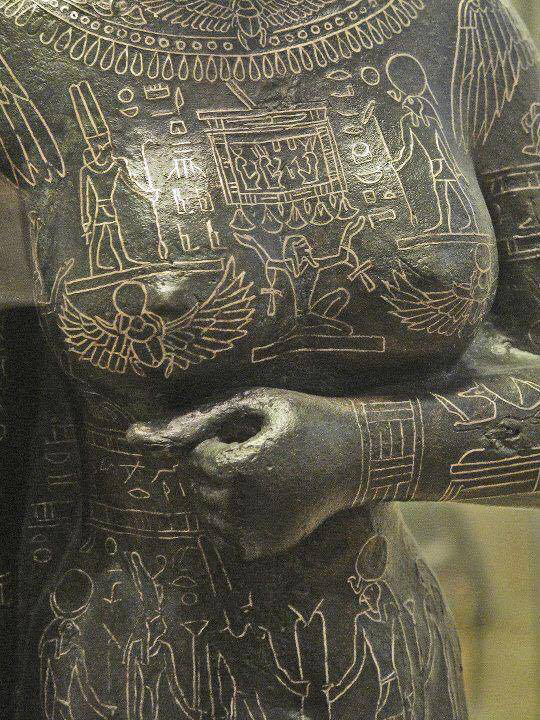
Statue of Princess and Priestess Takushit at the National Archaeological Museum of Athens
6K notes
·
View notes
Text






Water painted by Ivan Aivazovsky (1817 - 1900)
46K notes
·
View notes